Essential Cooking Tips
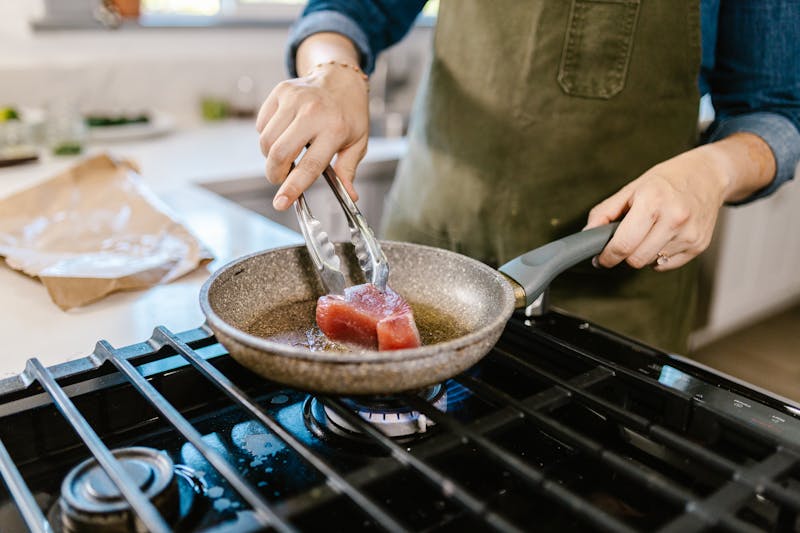
Create a Proper Sear
Proper searing is really about three things: letting your pan get hot before adding the food, ensuring the food is as dry as possible, and using a minimal amount of oil to prevent sticking. Cast iron and stainless steel are the best pans for searing. Before you begin make sure the pan is clean and debris free. Preheat the pan for several minutes while patting the food—whether it is a whole steak or cubed chicken—dry with paper towels. Add just a small amount of oil to the hot pan and immediately add the food. Be sure not to overfill the pan!
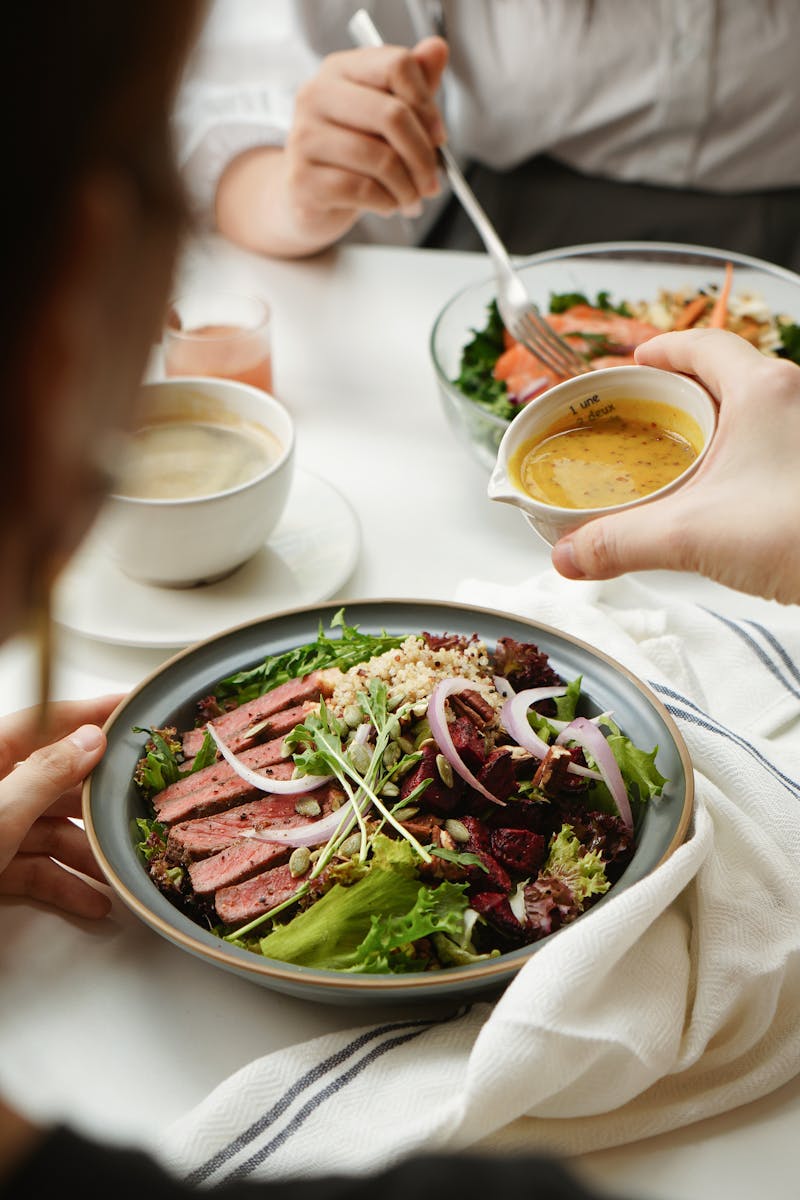
Make a Basic Vinaigrette
he classic French rule for vinaigrettes say you should have a 3:1 ratio of oil to vinegar, but more modern recipes call for a 1:1 ratio with the caveat that you’ll also be adding some other flavorful ingredients such as honey or mustard to balance out the two. Ultimately, your desired ratio might depend on how you plan to use it: A more acidic vinaigrette is ideal for bitter salad greens, while a sweet and balanced version is ideal for coating roasted or grilled vegetables.
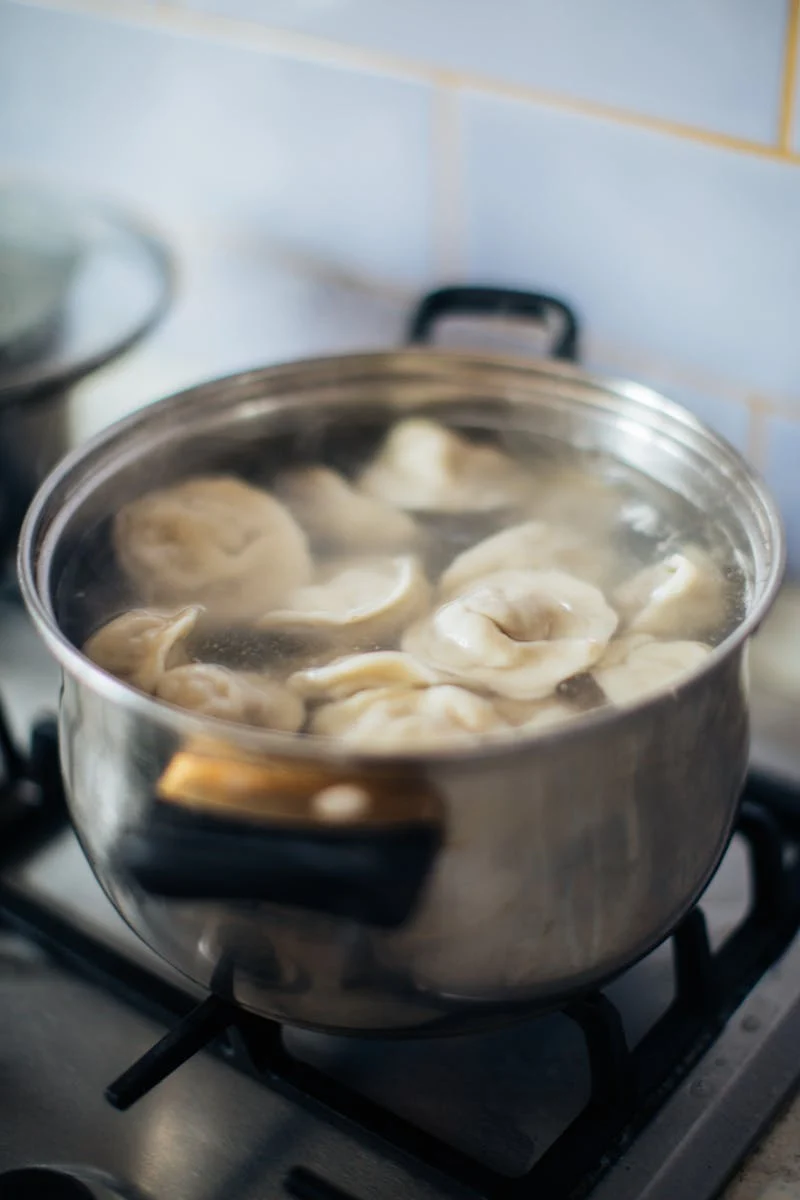
Master the Art of Boiling
For cooking, there are three types of boils: rolling, slow, or simmer. A rolling boil is the classic 212 F pot of rumbling, vivacious bubbles. A rolling boil is most often used for cooking pasta and hard-cooking eggs. Pro tip: Water will come to a boil faster without salt, so salt your pasta pot after it is actively boiling. A slow boil is approximately 205 F and most often used for making broth and stock. A simmer ranges from 205 to 190 F. You’ll want to know how to simmer for cooking dried beans as well as creating rich, meaty braises.
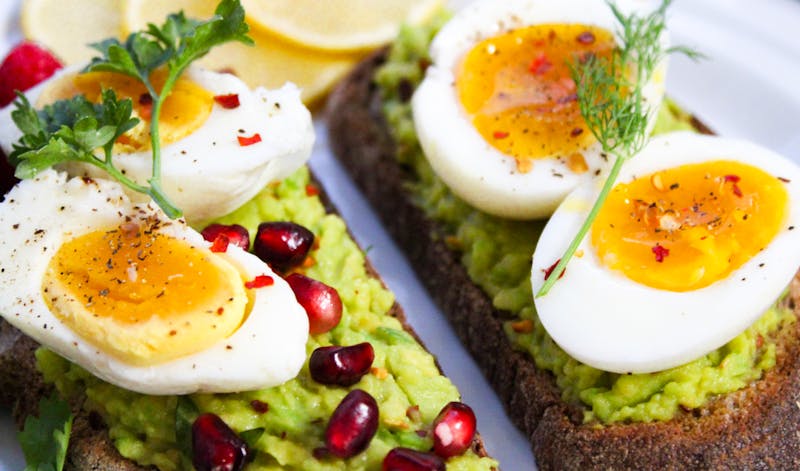
Crack and Cook an Egg the Right Way
Most people crack their eggs wrong by using the edge of a bowl or cutting board to start the crack. This forces shell pieces into the egg white, which can be a pain but might also break the yolk and introduce bad bacteria into the egg. Instead, give the egg a solid thwack on a clean smooth surface like a counter or cutting board. Then you’ll have a nice even crack to open the egg from
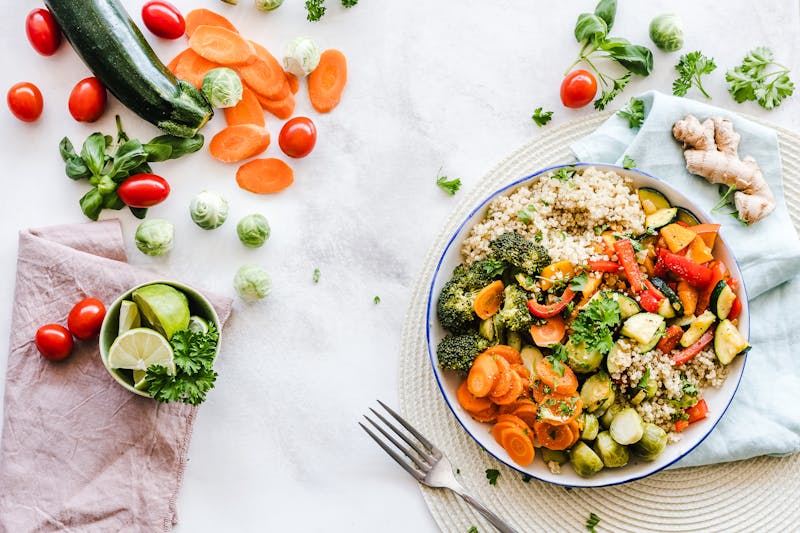
The Power of Roasting for More Flavorful Vegetables
Roasting should be done between 375 and 425 , get your vegetables on a sheet pan, make sure they are cleaned, peeled, and even cut. Dividing your vegetables between two baking sheets—one for quick cooking vegetables and the other for heartier vegetables—will help with cooking times too. Before you put the veggies in the oven make sure they are coated with oil (we like canola or olive oil) and seasoned well.
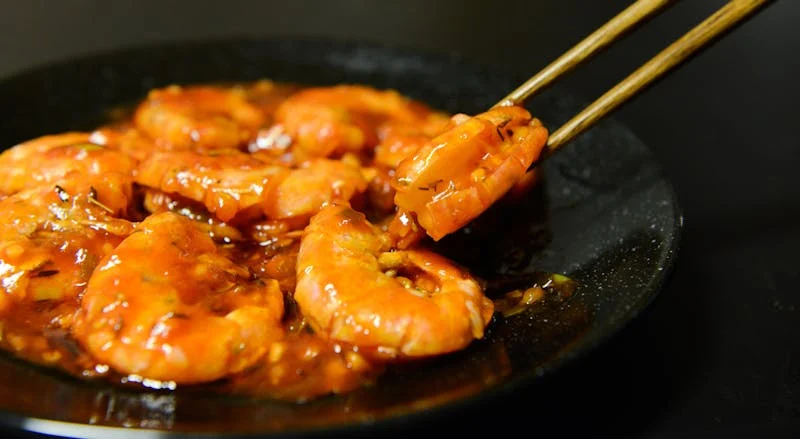
Deglaze a Pan to Make a Simple Sauce
Pan sauces start with deglazing, which really just means adding some flavorful liquid to a hot and dirty pan (like the one you just used to sear, above). Adding liquid releases the flavorful cooked-on bits of food (this makes cleaning the pan easier) and then you have pan juices to build a sauce from. From here you can add a bit of minced shallot or some fresh herbs for flavor. Then, off the heat, add fridge-cold butter, swirling and swirling the butter into the liquid until it thickens. Pour this pan sauce over the steak you just seared and you’ve got a restaurant-quality dish—and a nearly-clean pan.
